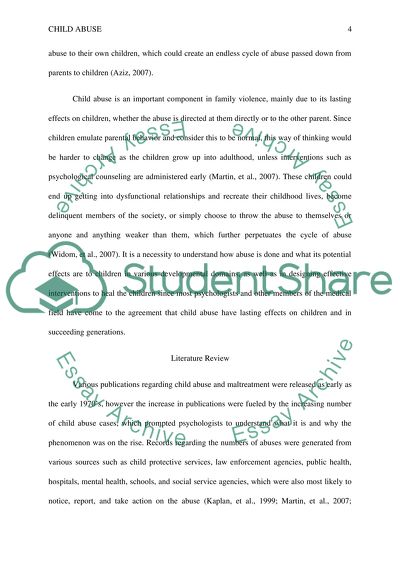Cite this document
(“Child Abuse Research Paper Example | Topics and Well Written Essays - 1750 words”, n.d.)
Retrieved from https://studentshare.org/sociology/1475821-child-abuse
Retrieved from https://studentshare.org/sociology/1475821-child-abuse
(Child Abuse Research Paper Example | Topics and Well Written Essays - 1750 Words)
https://studentshare.org/sociology/1475821-child-abuse.
https://studentshare.org/sociology/1475821-child-abuse.
“Child Abuse Research Paper Example | Topics and Well Written Essays - 1750 Words”, n.d. https://studentshare.org/sociology/1475821-child-abuse.


